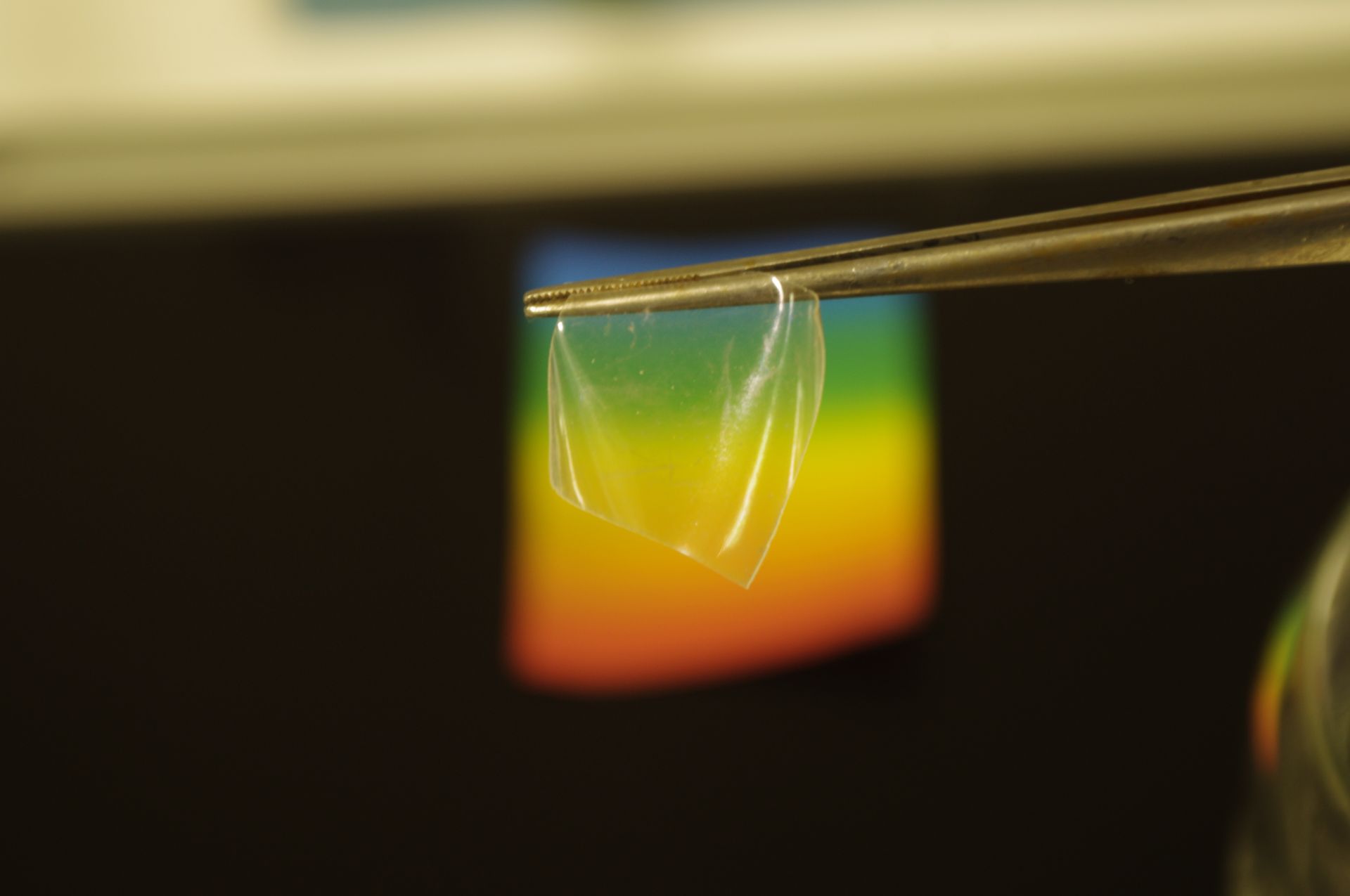Seville, July 21, 2015. Researchers from the Andalusian Center for Biomedicine and Biotechnology (BIONAND) and the Spanish National Research Council (CSIC) have recently demonstrated that it is possible to prevent the damage caused by ultraviolet rays in human epithelial cells by using films that are both transparent to the human eye and opaque to carcinogenic radiation.
The main novelty of this proposal lies in the mechanism by which ultraviolet rays are blocked, based on a phenomenon known as optical interference, in which absorption does not occur but rather reflection of this harmful radiation. By preventing absorption, the formation of chemical species known as free radicals is also prevented, which have harmful side effects both on human skin and on the materials that protect it.
The study, published on July 7 in the journal Advanced Healthcare Materials, shows that the effectiveness in protecting epithelial cell cultures is as high as that achieved with traditional absorbent compounds. The further development of these films may lead to the creation of a new range of transparent UV protective screens for different types of applications.
Applied nanotechnology
The key to achieving the UV light blocking effect by reflection lies in the particular structuring of the materials that make up the protective films on the nanometric scale (a nanometer is one billionth of a meter), which makes this achievement a new example of the application of nanotechnology. These nanostructures have been prepared in the laboratories of the group led by CSIC Research Professor Hernán Míguez at the Institute of Materials Science of Seville, located at the Isla de la Cartuja Scientific Research Center, and constitute one of the main results obtained within a Starting Grant project funded by the prestigious European Research Council that Professor Míguez leads. The evaluation of the viability of these materials as protective films for human skin cells against UV radiation was carried out by the team of Professor Guillermo de la Cueva, who carries out his research work at BIONAND, located in the Andalusia Technology Park in Malaga, where he leads the group of Intelligent Therapeutic Nanosystems and Synthetic Biology. The results of this collaboration have seen the light after a year and a half of joint efforts to develop a material that meets the required optical, mechanical and biocompatibility specifications.
Bibliographic reference:
Biocompatible Films with Tailored Spectral Response for prevention of DNA Damage in Skin Cells. Núñez-Lozano, R; Pimentel, B; Castro-Smirnov, JR; Calvo, ME; Míguez, H; de la Cueva-Méndez, G. Adv. Healthcare Mater., 2015. DOI: 10.1002/adhm.201500223




